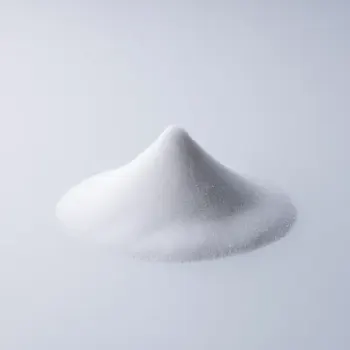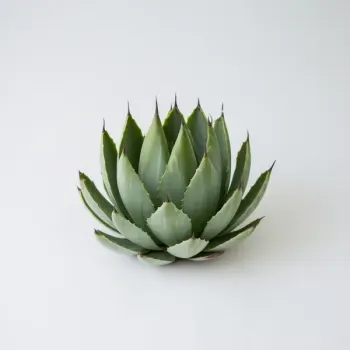Sugar and Agave Nectar are sweeteners used in cooking and baking, with differences in texture, sweetness, and how they affect recipes. Sugar provides neutral sweetness and structure, while Agave Nectar is sweeter, adds moisture, and has a lower glycemic index.

Sugar, commonly derived from sugarcane or sugar beets, is a versatile sweetener that features prominently in baking and cooking. It's known for its ability to add sweetness, texture, and color to dishes.

Agave Nectar is a natural sweetener extracted from the core of the agave plant. It's sweeter than sugar and has a thinner consistency, often used as a vegan alternative to honey.
Sugar is a granulated sweetener that offers a neutral sweetness, while Agave Nectar is a liquid sweetener with a more nuanced flavor profile. Sugar caramelizes and crystallizes providing texture, whereas Agave Nectar adds moisture. Agave is also sweeter, meaning you'll need less of it.

Your ultimate Recipe Box, Meal Planner, and Cooking Class all in one
In baking, sugar is critical for creating structure and browning. It's best used in cakes, cookies, and pastries for its ability to create a light and fluffy texture. Agave Nectar is ideal for moist, dense baked goods like brownies or quick breads. Its hygroscopic nature keeps these items tender and can extend their shelf life.
Sugar is the go-to sweetener for beverages like coffee, tea, and homemade lemonades. It dissolves easily and provides a familiar taste. Agave Nectar is perfect for cold beverages, as it blends smoothly without the need for heat. It's particularly popular in cocktails and iced teas.
Sugar can balance the acidity in sauces and dressings like tomato sauce or vinaigrettes. It requires heat to dissolve properly. Agave Nectar is excellent for raw sauces and dressings, adding a subtle sweetness without the need for heating to dissolve.
Sugar provides pure carbohydrates with no additional nutrients, while Agave Nectar, although also high in sugar content, has a lower glycemic index and may contain trace minerals.
| Nutrient | Sugar ( per Tablespoon ) | Agave Nectar ( per Tablespoon ) |
|---|---|---|
| Fat | 0g | 0g |
| Sodium | 0mg | 0mg |
| Calcium | 0mg | 1mg |
| Protein | 0g | 0g |
| Calories | 49 | 60 |
| Carbohydrates | 12.6g | 16g |
Agave Nectar has a lower glycemic index than sugar, which means it doesn't spike blood sugar levels as quickly. However, both are high in calories and should be consumed in moderation.
Agave Nectar is not recommended for candy making, as it doesn't have the same crystallization properties as sugar, which are essential for the texture of candies.
Agave Nectar is sweeter than sugar with a mild, almost neutral flavor, but it lacks the caramel notes that sugar can provide when heated.
Store sugar in a cool, dry place to prevent clumping. Agave Nectar should be stored in a cool, dark place and can be refrigerated after opening to extend its shelf life.
Agave Nectar has a lower glycemic index than sugar, making it a possible alternative for diabetics, but it should still be used cautiously as it is high in fructose.